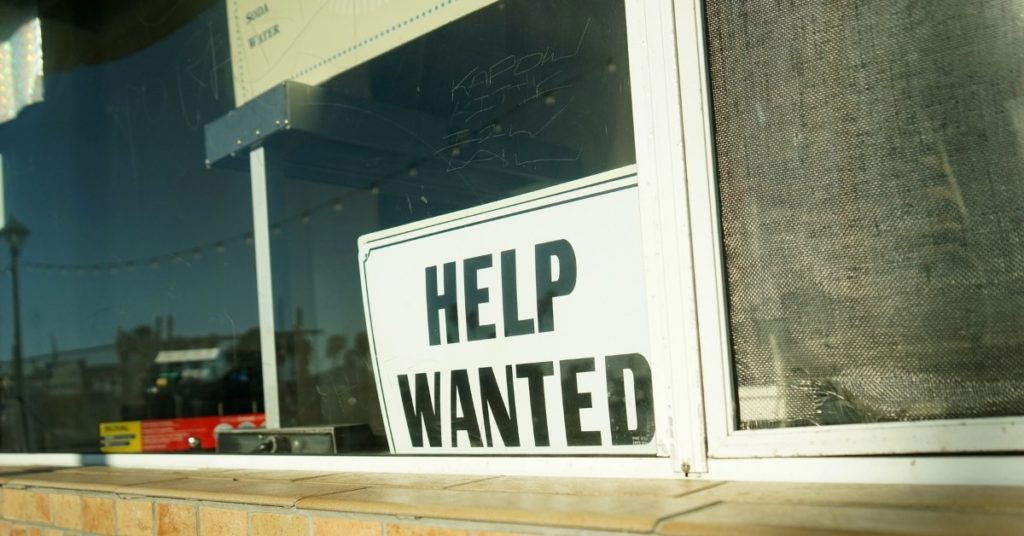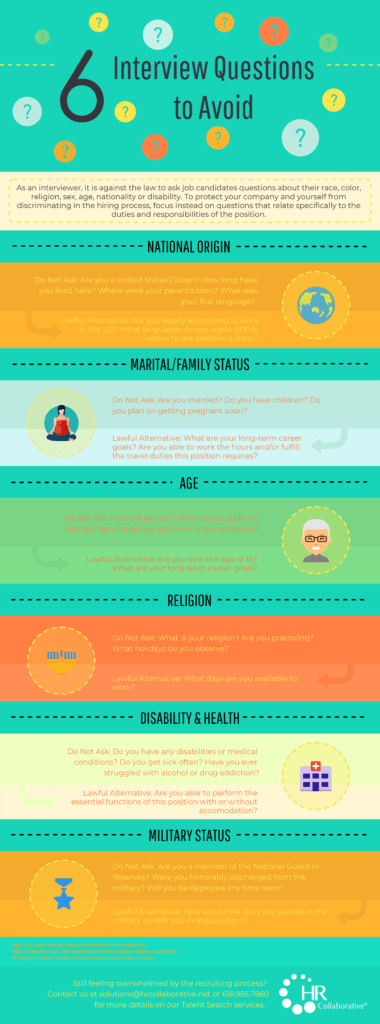Is Your Business Ready to Take Advantage of The Great Talent Migration?

The Great Talent Migration has begun. Remote work has freed up workers from superstar metros to look for new opportunities in lower-priced markets.
As an employer, are you ready to take advantage?
In this article, we look at the growing mobility of the U.S. workforce and what that means for businesses and the cities they call home.
The Great Talent Migration. In July of 2020, Pew Research reported 22% of U.S. adults moved or knew someone who had in the first few months of the pandemic.
- That’s a significant reversal from a decades-long downward trend in relocation across the U.S. (The last major spike was in the mid-80s).
- Remote and hybrid work is driving this trend by unlocking a country full of affordable housing for white-collar workers. Why pay $2800 for a one-bedroom in San Francisco when you can get one in Nashville for $1100?
Big cities struggle. For cities, this mobility is causing budgetary nightmares. The math is simple: fewer people in the city = less tax revenue.
- The problem is compounding: Fewer people commuting to the city means less money spent in the city, which drives businesses that support commuters out of business, which makes it less enticing for companies to have office space downtown, so fewer people commute to the city.
- The impact on city revenue is already significant. In Philadelphia, 2020 tax revenue is expected to be $200 million less than projected.
- $78 million of Philly’s deficit is from wage taxes alone. One of the many long-lasting effects of the pandemic will likely be an overhaul of tax wage income.
Everyone else wins? As talent spreads out across the U.S., there are potential upsides for the rest of the country.
- The suburbs and small to mid-size cities appear to be the big winners in the talent migration, with Sun Belt, Midwest, and Southeast metros being the hottest destinations.
- In the long-run, the diversifying of the American city portfolio may help to improve American’s growing income inequality. Geographic mobility correlates with economic mobility.
- “The rich cities with the greatest upward mobility are the least affordable, while the most affordable places to live have a poor record of mobility…’ Remote work is the first change in a while that can help lean against this trend.'” The Atlantic.
So what does this mean for businesses? New talent opportunities. But also a need for new competencies. To compete in The Great Talent Migration, companies will need to learn how to:
- Build new relationships with cities. Businesses hold the upper-hand in the relationship right now. It’s easier than ever to pack up HQ. But the office isn’t going away. Companies will need to work closely with cities to make sure their hometown is as attractive as possible to a wanderlust workforce.
- Build new talent pipelines. Remote work allows businesses to swim in a much larger talent pool. But they’ll go from being a big fish in a small pond to a small fish in a vast ocean. Businesses will need to demonstrate they’re best-in-class (from technology to transparency) to attract the best-in-class.
- Build new incentive structures. Just as WFA complicates the tax wage income, it also complicates the compensation conversation. Will you have different pay rates for employees working outside an office (like Facebook)? What will be your WFH expense policy? Businesses will need to proactively think through those (and many other) incentive questions regarding remote and hybrid work.
Bottom line. The Great Talent Migration will be an unprecedented chance for businesses to attract top tier talent away from coastal superstar cities and to their own backyards. But with every other company in the U.S. thinking the same thing, the race for talent has gone national.
Our Most Recent Articles

Employers to Benefit from New Kinexus Group Acquisition of HR Collaborative
The team at Kinexus Group announced today that they have officially acquired HR Collaborative, a west Michigan-based, women-led community of fractional HR professionals, to meet unmet demand and to serve more employers than ever before.































































































